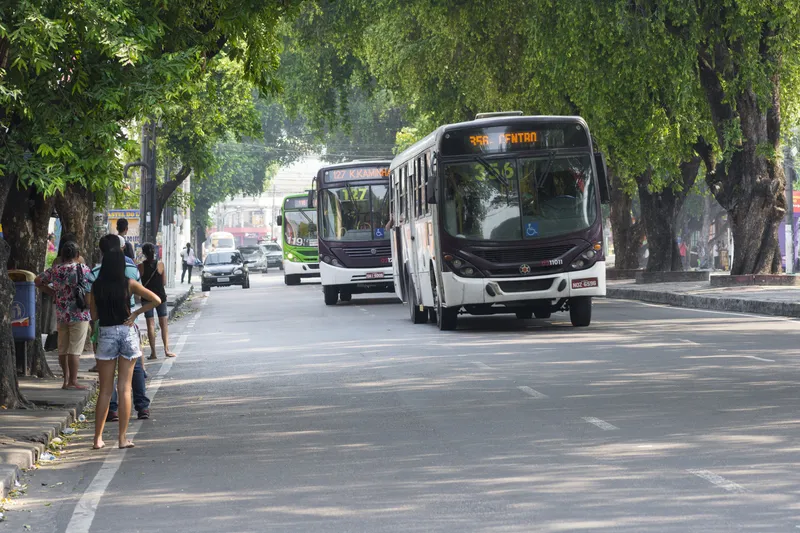
A city with two million residents in the heart of the Amazon rainforest has become the latest to use Optibus' software to drive its public transportation network.
The Union of Passenger Transport Companies of the State of Amazonas (Sinetram) in Manaus, Brazil, has chosen Optibus' transportation management platform for the planning and optimisation of the city’s 1,000 buses run by seven companies, with 2.7 million annual passenger journeys and 278 routes.
Sinetram will use Optibus’ route planning, crew and vehicle scheduling, and timetable optimisation products to create more efficient schedules and bus driver shifts, and gain visibility into their operation.
It hopes the artificial intelligence, cloud computing capabilities and optimisation algorithms will make it easier to build better schedules and routes, improve service punctuality and frequency, and boost operational and financial efficiency.
"We are excited to introduce new technologies to our operation and to integrate AI into Manaus’ public transportation network," says Diogo Feuser, superintendent of Sinetram.
"Our partnership with Optibus represents a significant leap toward operational efficiency as our team begins to use AI to offer smarter, more adaptable transportation services. This Sinetram initiative aims to benefit passengers and further improve the service as a whole."
In Brazil, Optibus’ platform is used by operators and agencies including Saritur, Niff Group, Redentor, MobiBrasil, Grupo Fênix and the bus rapid transit system of Rio de Janeiro.
"The partnership between the Sinetram Consortium and Optibus reflects our mutual commitment to enhance the quality and efficiency of public transportation services in Manaus," says Victor Celada, Optibus regional director in Brazil.
"We look forward to working alongside our client to provide more accessible mobility and more punctual and reliable schedules for passengers."









